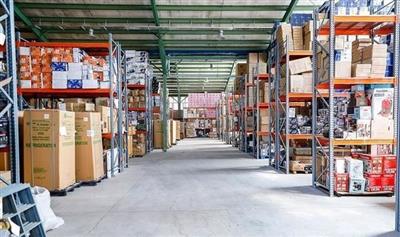The report provides a detailed breakdown of each zone’s trade performance:
- Maku Free Zone exported $7.55 million worth of goods and imported $2.2 million, resulting in a positive trade balance of $5.35 million. Raw materials constituted the primary export item.
- Chabahar Free Zone registered exports valued at $0.8 million against imports of $13.3 million, leading to a negative balance of $12.5 million. Its imports mainly comprised raw materials, consumer goods, and automobiles.
- Arvand Free Zone achieved a surplus of $14 million, with exports totaling $20 million and imports at $6 million (excluding machinery).
- Kish Free Zone reported a trade deficit of $2.6 million; exports were valued at $24.9 million, matching its imports of the same amount. Notably, Kish’s exports included technical and engineering services ($17.5 million) and tourism ($4.8 million). Its imports—excluding machinery—primarily consisted of automobiles, raw materials, and consumer goods.
- Qeshm Free Zone posted a positive trade balance of $24.4 million, with exports reaching $28.8 million and imports at just $4.4 million; raw materials were the main import category.
- Anzali Free Zone experienced a deficit of $4.4 million, with exports totaling only $0.4 million against imports worth approximately $4.81 million.
- Aras Free Zone recorded
a surplus of $17.4 million, with exports valued at $21 million and imports at about $3.6 million.
The report concludes that machinery imports for production purposes across these seven free zones amounted to approximately $38.51 million, while total machinery-related and raw material imports reached around $48.41 million during the period.
This data underscores Iran’s strategic focus on leveraging its free zones to boost export capacity while managing import flows effectively amid ongoing economic adjustments

